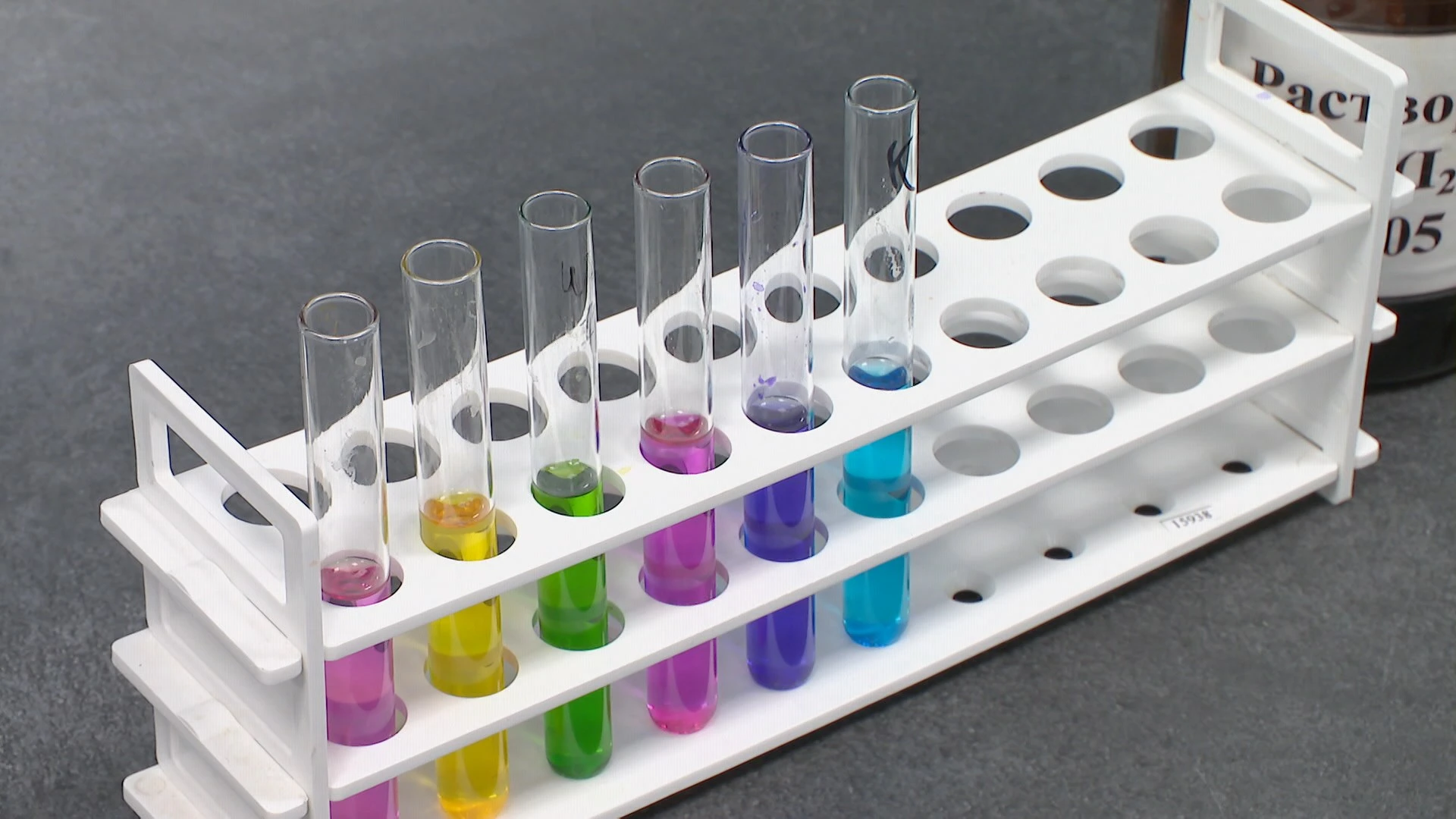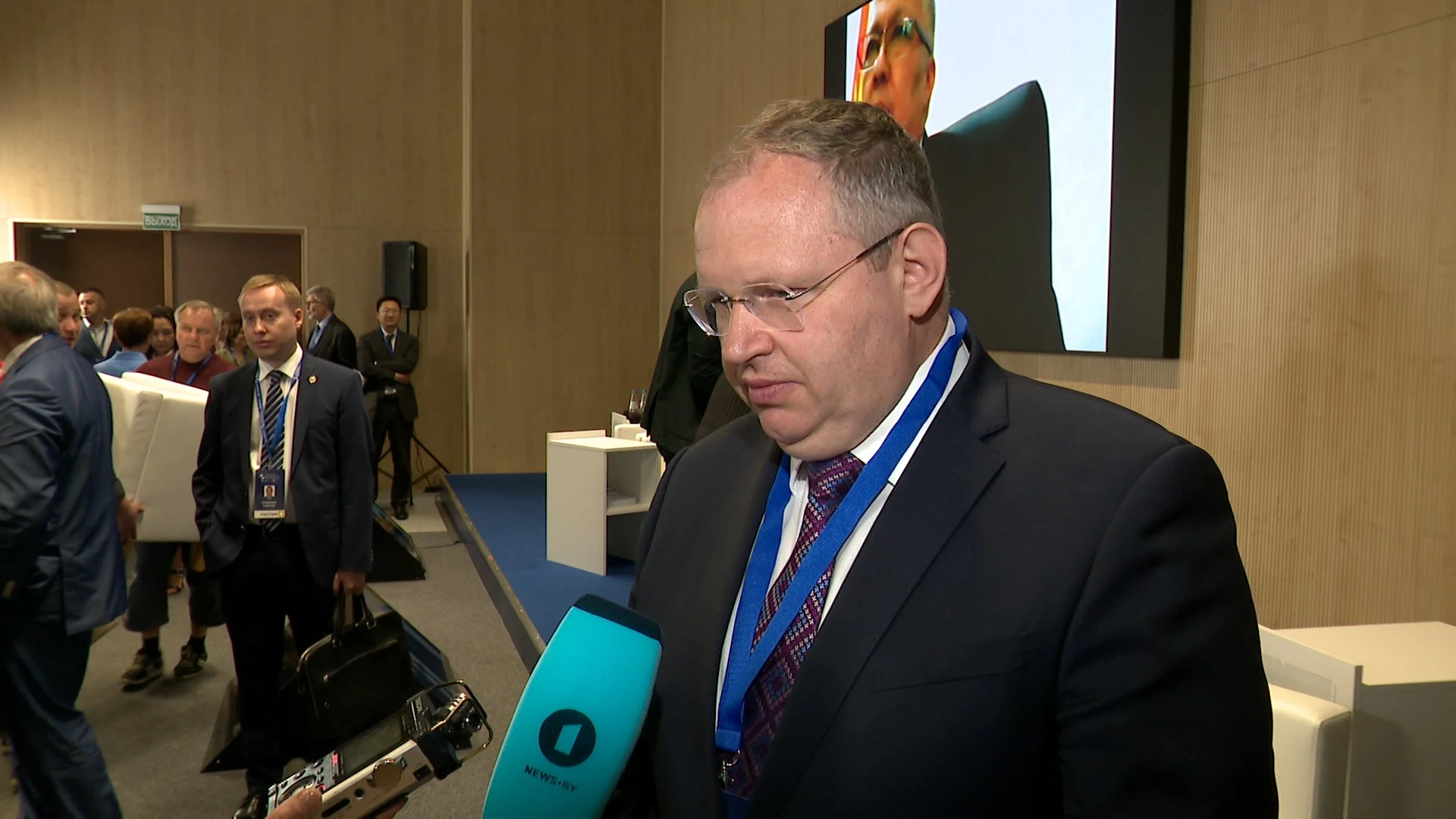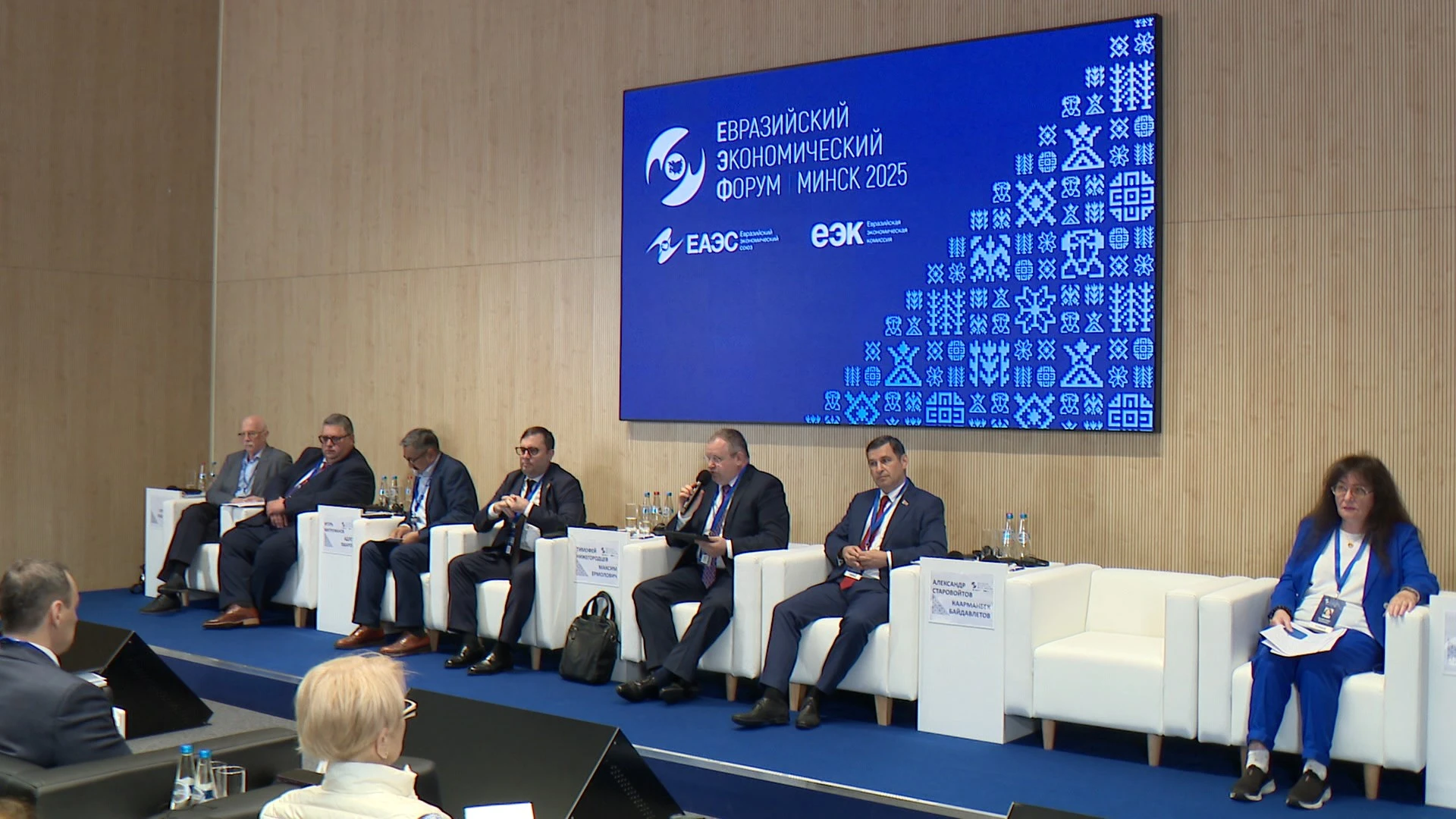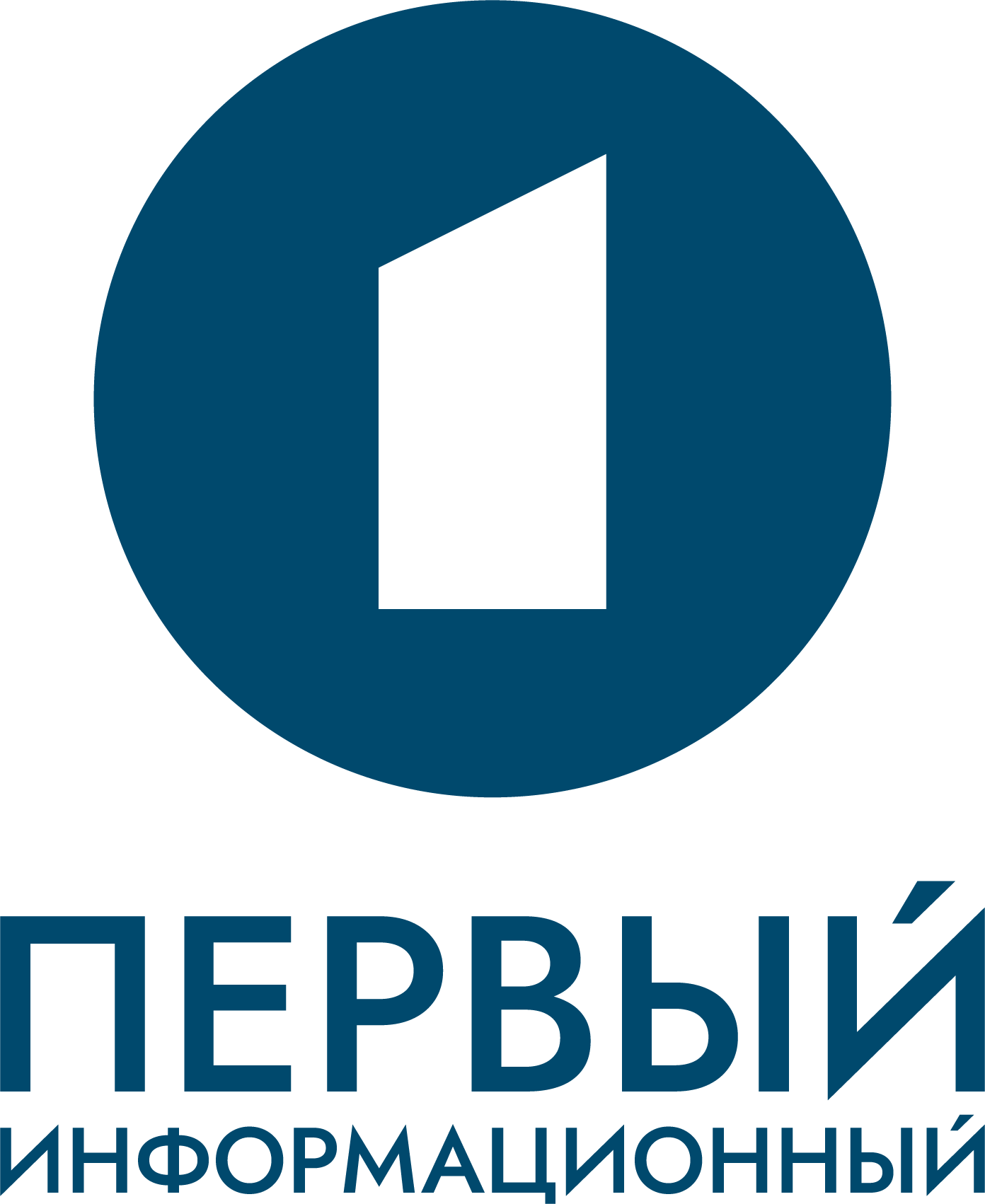3.69 BYN
3.00 BYN
3.49 BYN
80% of Belarus' Export Potential Goes to EAEU Pharmaceutical Market

The common pharmaceutical market of the EAEU is developing confidently - mechanisms are being improved, the pace of drug production is increasing.
The annual growth is more than 10%. This figure is constantly growing.
80% of Belarus' export potential annually goes to the market of the Eurasian Economic Union, which in monetary terms is over 150 million dollars. In Belarus, drugs are produced by more than 40 enterprises of about 1.8 thousand of their active names. The pharmaceutical industry demonstrates a high degree of technology and sustainable growth. Most production sites have been reconstructed and modernized. Affordable, high-quality, export-oriented Belarusian drugs are a high-profile power in the EAEU market and beyond.

Maxim Ermolovich, Member of the Board (Minister) for competition and antimonopoly regulation of the EEC:
"We should set the task of developing domestic production of pharmaceutical products and pharmaceutical substances and ultimately move on to operational projects in these industries. This would reduce import dependence and create everything that is required for our states to meet their own needs. We should move from national protectionism to union protectionism and consider all union states as own producers."
In the EAEU, the common pharmaceutical market is being formed in stages. The scale is large - the Eurasian Five provides medicines to almost 185 million people. One of the main issues is the availability of medicines. The task is to unify approaches, to bring together quality and safety requirements.
Timofey Nizhegorodtsev, Deputy Head of the Federal Antimonopoly Service (FAS) of Russia:
"In the pharmaceuticals markets we see that there is a sharp difference in prices for the same drugs. This difference in prices is due to the size of the markets. The market of the Russian Federation is very large, approximately 90% of the EU market. Companies, pharmaceutical manufacturers, are ready to reduce prices at a higher level than in the national markets of Belarus, Kazakhstan, Armenia and Kyrgyzstan. It is impossible to force prices to be administratively equalized. The only way is to unite these markets so that consumers in Belarus or Belarusian manufacturers with fewer barriers have direct access to the opportunities of the Russian market, to the same prices and to the same variety of drugs."

A lot was said about new horizons of cooperation in the pharmaceutical industry at the Eurasian Economic Forum. The discussion was about the digital transformation of the industry, the implementation of international standards and expansion of export potential.
Ilham Sadykov, Director of the Institute of Nuclear Physics of the Academy of Sciences of Uzbekistan:
"The most talked about now is the development of nuclear medicine and the use of nuclear technologies in medicine, since this method is one of the most sensitive methods, more informative in terms of diagnostics and gentler in terms of therapy and treatment of various diseases. To a greater extent, this is used to treat oncological diseases."
The development of pharmaceutical cooperation within the EAEU enables Belarus to standardize production and quality control processes, reduce drug prices and increase their availability on the market of friendly countries.















